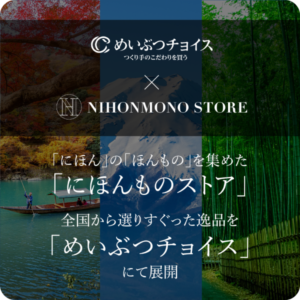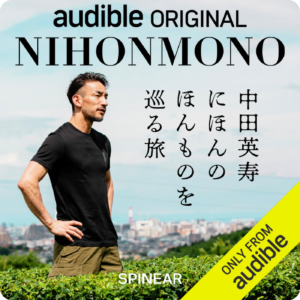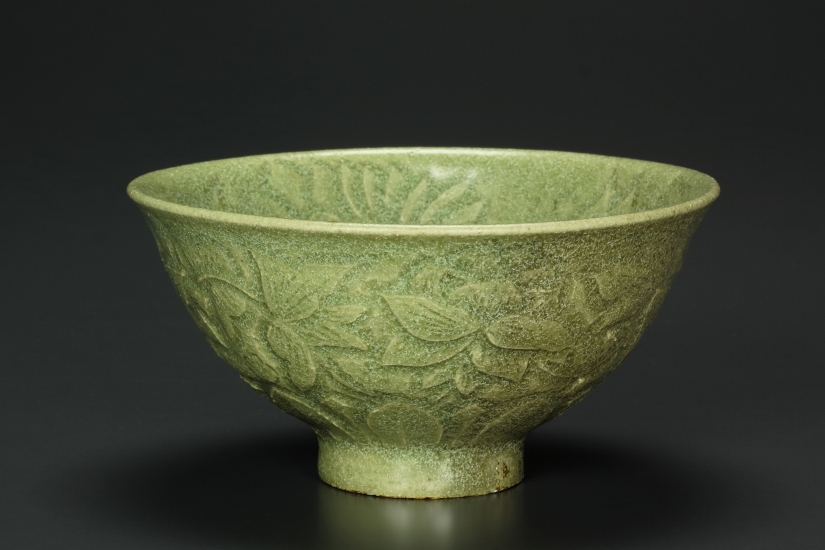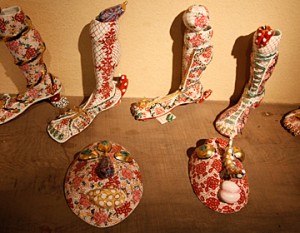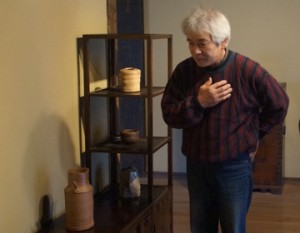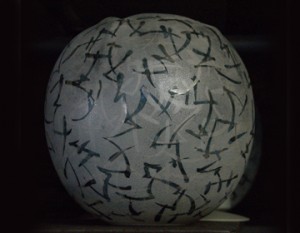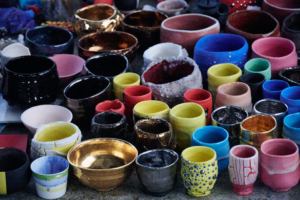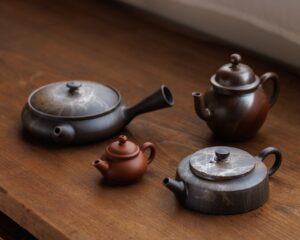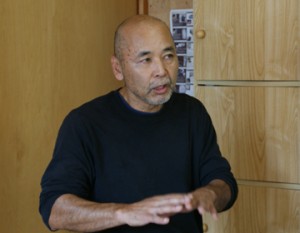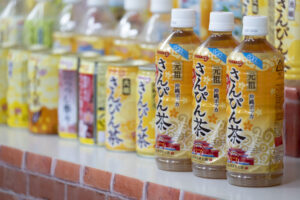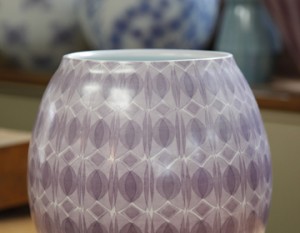Tsuyoshi Ikenishi of “Fugengama” continues to make pottery based in Imabari City, Ehime Prefecture. He reads and translates old pottery from the Nara and Heian periods to the early Edo period, edits it with his own sensibility, and expresses it. We came into contact with Mr. Ikenishi’s thoughts as he approaches pottery from his unique point of view and approaches its essence.
A chance encounter led him to pottery
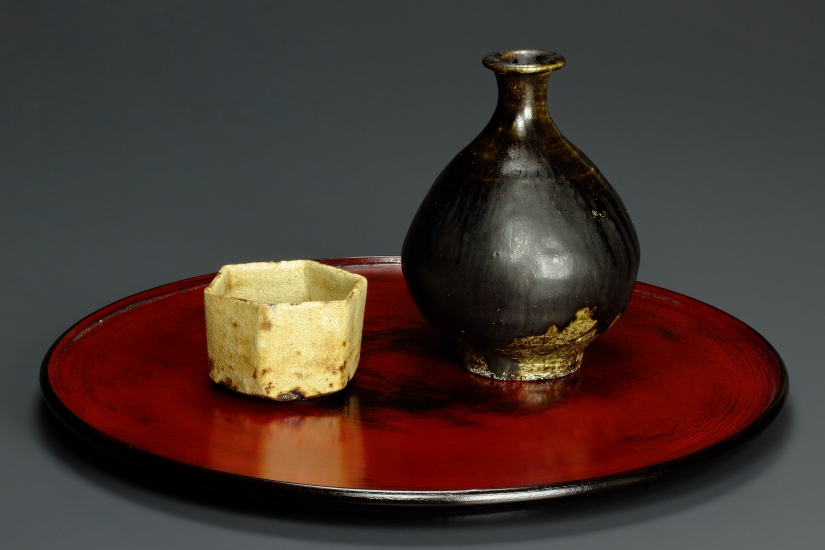
Ikenishi first encountered pottery when he was 19 years old. He happened to pick up a book on pottery at the library and found a bowl in it. It was a Shino ware tea bowl named “Hagoromo. Mr. Ikenishi, who had never been involved with pottery in his life, was completely fascinated by this several hundred year old tea bowl.
At the time, he was living in Tokyo and passionate about his musical activities, but he found himself visiting antique stores. The first thing he acquired was a cracked pot from the Yi Dynasty (a Korean dynasty that lasted from 1392 to 1910). He picked up the jar and continued to look at it whenever he had time.
The more he looked at them, the more he wondered, “How did they get such textures and lines? The more he looked at them, the more he wondered, “Why do they have such textures and lines?” He asked around in antique shops and galleries, but could not find a satisfactory answer. Then one day, he thought, “If I try to make something by myself, I might be able to understand something,” and he began to touch the clay.
Learning through experience rather than technique
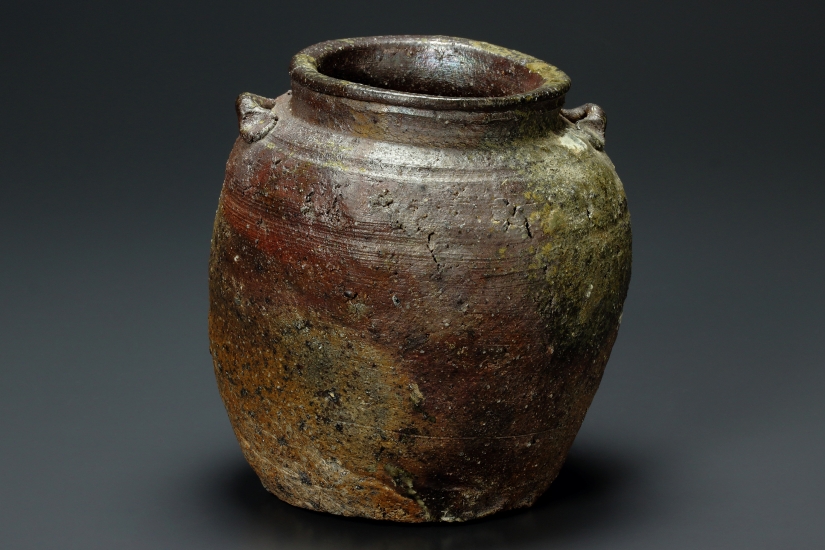
I believe that knowledge should never outweigh interest, so I sought out hands-on experience. Even now, there are many things I can learn from my work,” he said.
Ikenishi’s stance on pottery is based on actual experience, not theory.
He has traveled to various production centers, including Seto Mino, Tanba Bizen, and Korea, and has touched the clay, held the fire, and held the tools at kilns that maintain ancient techniques. He believes that the greatest lesson in pottery making is “what you can feel on site.
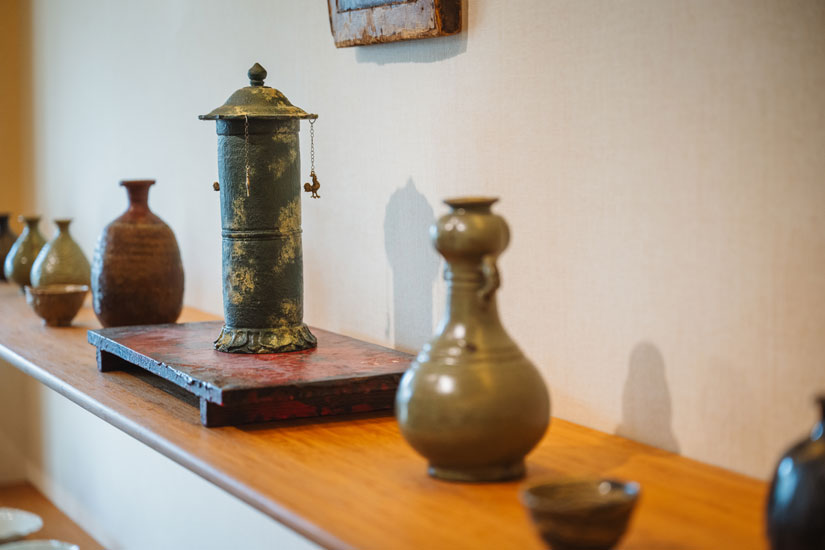
Eventually, there were people who wanted to see his work, and he was asked to hold a solo exhibition. It was not until he was 27 years old that he decided to get serious about pottery and make it his profession.
From Tokyo to Ehime, a place with deep connections
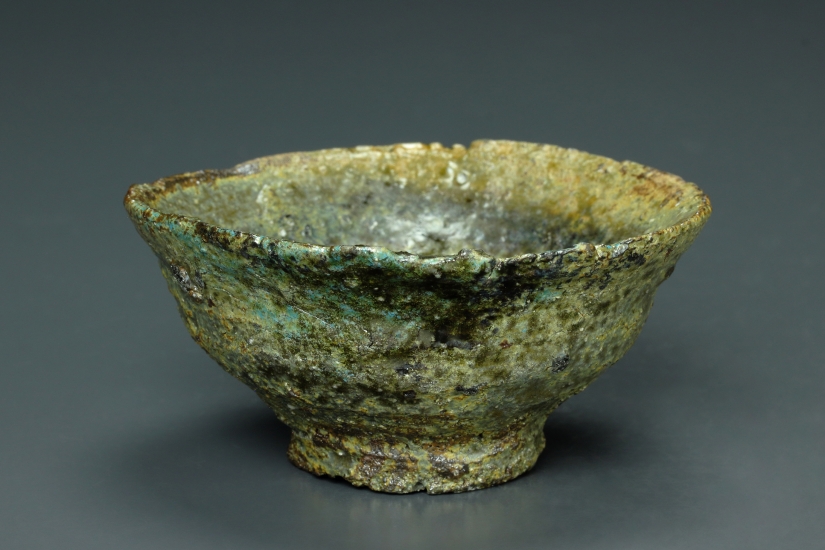
Ikenishi was born in Osaka and devoted himself to music in Tokyo, but as he continued to make pottery, he moved back to his roots in Ehime Prefecture, his parents’ hometown. He had spent his high school years in Saijo City, so moving to Ehime was not completely new to him.
The natural surroundings and quiet environment were perfect for immersing himself in manufacturing.
Since then, he has continued to produce pottery at his kiln in Imabari City, Ehime Prefecture.
Human Activities Engraved on Pottery
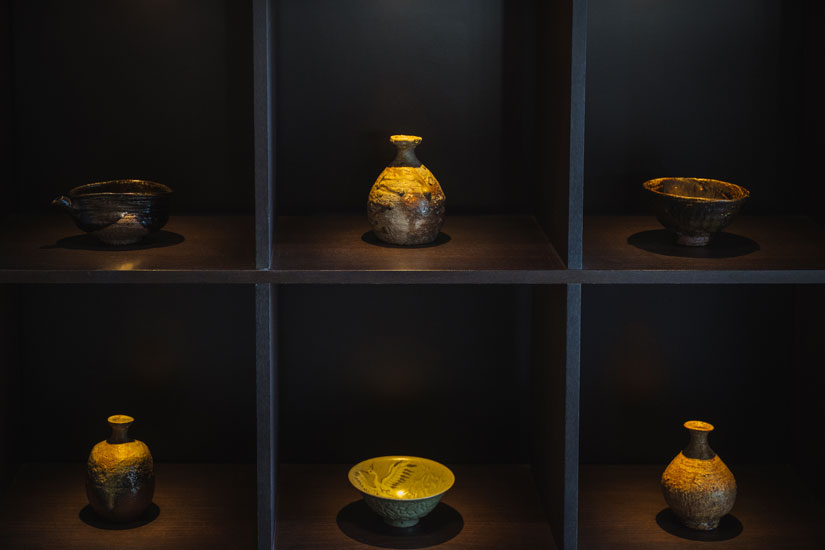
For Ikenishi, pottery is a condensed form of human information.
He says, “Pottery is a hardened product of people’s hands. Everything is recorded, including the historical background, the environment in which it was used, and the thoughts of the creator. The more I try, the more I think that there is nothing else out there that has as much human information.
He is particularly interested in pottery from the Nara and Heian periods to the early Edo period. Although there is a lack of written materials from that period, he says that the fact that the objects have survived is what makes them meaningful.
Looking at works of art is a process of deciphering and extracting information. As long as you have the will to do so, pottery can provide you with any amount of information.
Pottery Making is Translation and Confirmation
Ikenishi looks at ancient pottery, translates what attracts him in his own way, and edits it with a modern sensibility. For Ikenishi, pottery making is a confirmation process.
If there is no need to show it to others, I can just read it and be satisfied with myself,” he says. But as long as you are presenting it to the public, you have to edit and translate it. Translation is the process of putting together what you feel into a form, rather than conveying it as it is. When people buy my work, I feel that I have to put it in the realm of what I think is good. I don’t mean to say that it is equal to or better than something else,” he says.
He did not set out to become a potter from the beginning, nor does he remember ever having done so.
The reason he describes himself as a “ceramic maker” is because his attitude has not changed since his first encounter with pottery.
In pottery, the material is everything. All we do is edit.
The quality of pottery depends on the materials. The choice of kiln, the way of filling, and the way of firing are all determined by the materials.
Making the most of the materials is the key to pottery making. With this in mind, Mr. Ikenishi is working to reevaluate each production area and material.
There are three types of kilns: anagama, climbing kiln, and small gas kiln. They use one kiln for each material and each type of pottery they want to express. The gas kilns are more difficult to use and require more delicate adjustments to fire the pieces as desired.
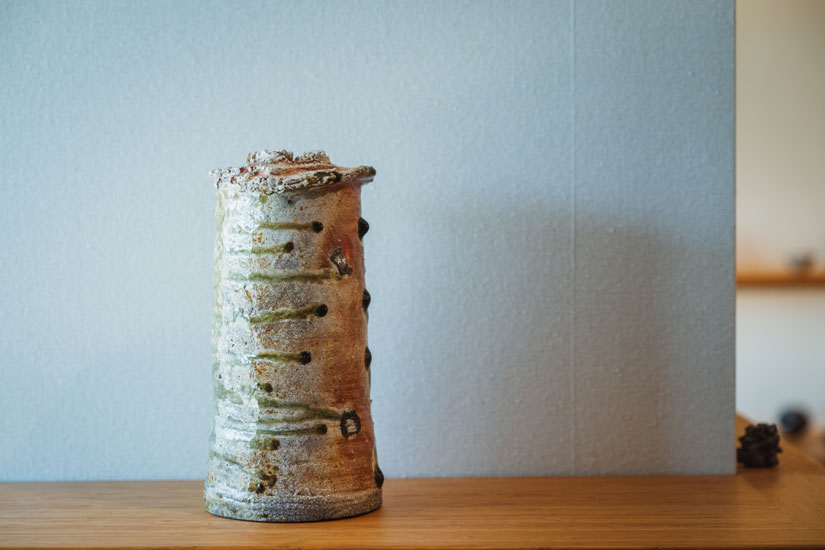
The kiln transformation that occurs during firing is truly the wonder of natural chemical reactions,” he says. People in the past made the most of what was there before they thought about it. People today try to look at it with modern techniques, which makes it difficult. I think that today, the balance is such that the decline of our animal abilities is balanced by the development of chemistry and other techniques,” he says.
Working with galleries that share the same passion
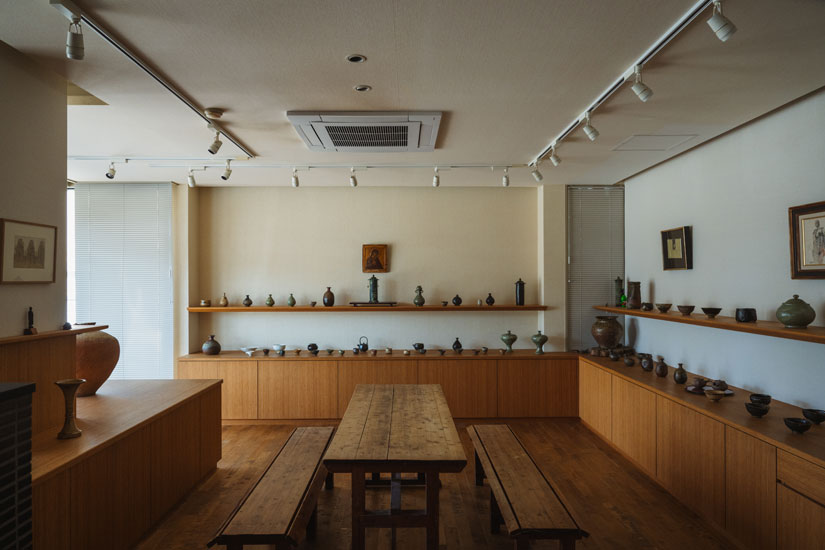
At present, he has narrowed down the number of galleries that directly handle his works to two trusted ones, in addition to “Gallery Labo” in Saijo, Ehime Prefecture. He has been involved with a variety of galleries, but he feels that unless the relationship is balanced in terms of passion for pottery, it will not last for a long time.
The two sides, the maker and the seller, may be in different positions, but if they do not share the same passion for pottery, they cannot build a good relationship. It is a business, but it is also an exchange between human beings, so you need a partner who can resonate with you,” he said.
Even if you are not knowledgeable about the pottery, do you have the enthusiasm to convey that knowledge? The gallery, which stands between the viewer and the pottery, is also important to the creator.
I will never do the same thing twice. That is my rule.
Since the starting point of pottery making is “checking,” Ikenishi’s rule is that he will never do the same thing the same way twice.
When he is not working with clay, he thinks about how to match the materials, how to fire the pieces, and the details of the modeling. This is quite important, and I think it is more important than the actual work.
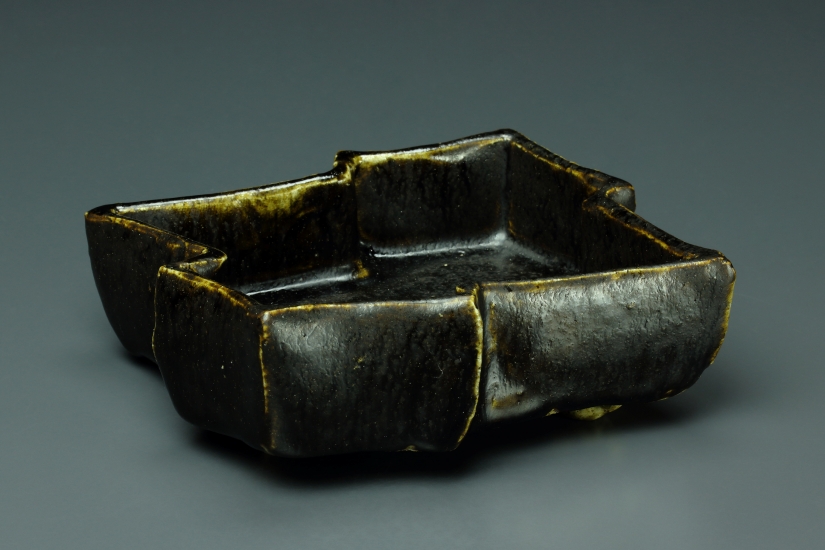
In a world where materials, tools, and techniques are all intertwined, Ikenishi approaches each pottery-making session as a one-time event.
Even kiln changes are inevitable, not accidental, and require skill and sensitivity to control. For this reason, he repeats the checking process of “looking, translating, and editing.
The more he does, the more he becomes interested in pottery that he had not been so interested in before, and he makes new discoveries. So I never get bored. However, although I don’t dislike making pottery, I have never found it particularly enjoyable. In fact, I like looking at and using pottery much more than making it,” he says.
Blissful days spent looking at and using pottery
Because I make pottery for a living, I am able to buy other pottery and acquire old pottery. People buy what I make. I use the money to buy pottery, get information from it, edit the information, and give it shape. Then people buy it again. The act of making and the act of acquiring are in a cycle,” he says.
The first time he uses a piece of pottery he has made in this way, he says, is the greatest joy of his life.
After the day’s work is done, when I drink sake, I think about which sake cup and sake cup I will choose today, and that is the most enjoyable part.
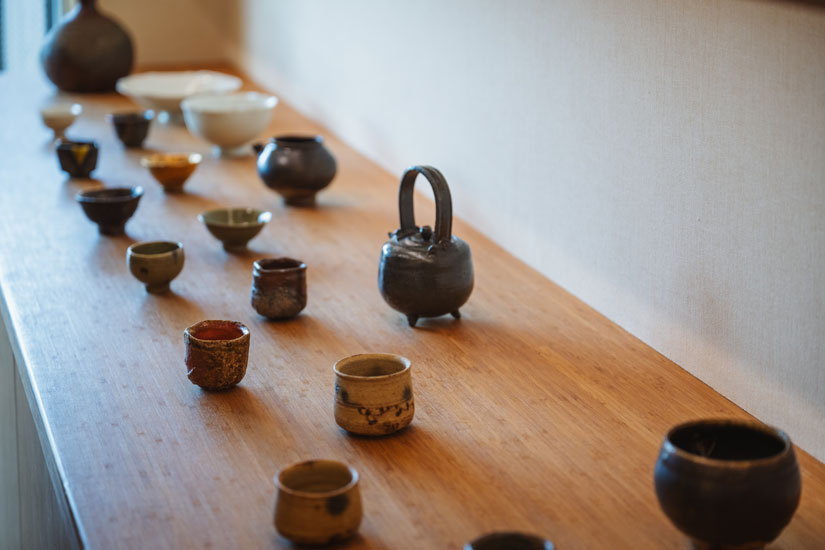
Ikenishi’s curiosity, which is a straight line between his personal and professional life, never seems to run out.
There are so many things I still have to do that there is no limit to what I can do. It is not a question of what to do in the future, but what not to do. Behind these words lies a passion that continues to burn quietly and an endless quest.
